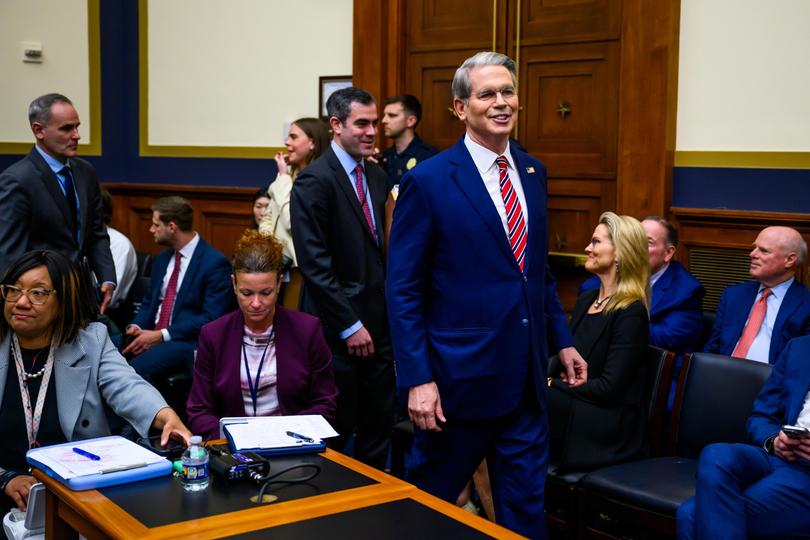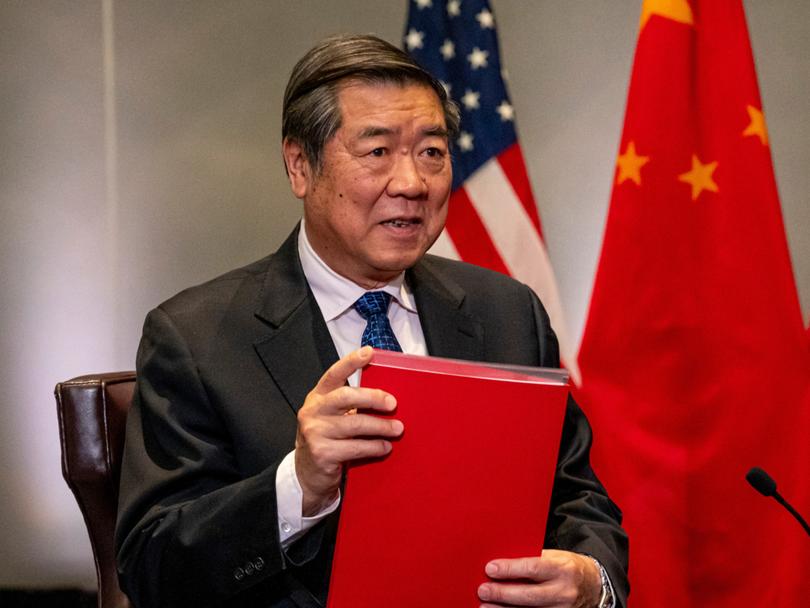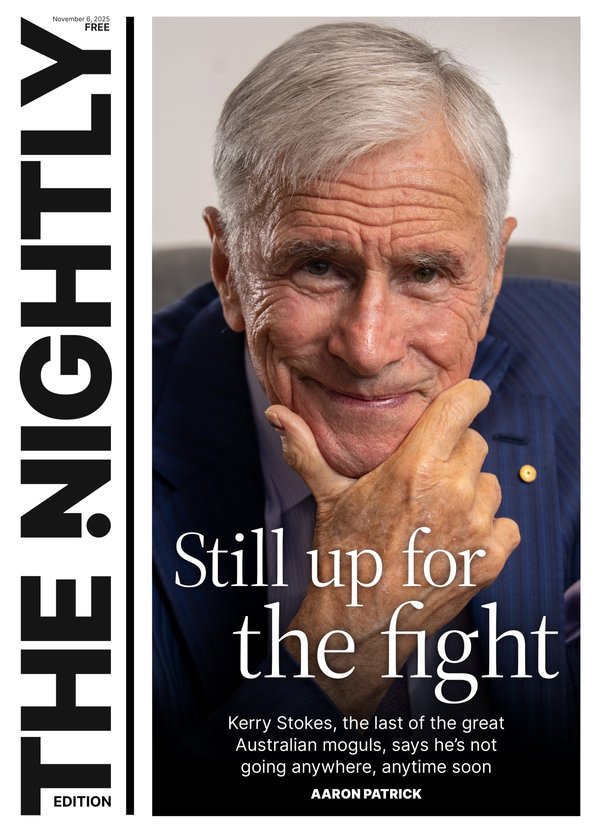THE ECONOMIST: China and America get ready to rumble as countries prepare for trade tariff upheaval in Geneva

Switzerland always imagined it would be where the fate of the global trading system was decided. It was in Geneva in 1947 that 23 countries signed the General Agreement on Tariffs and Trade, which governed negotiations over the next four decades.
Geneva is also home to the World Trade Organisation, founded with high hopes in 1995. Switzerland’s position has been jeopardised by President Donald Trump’s disdain for the WTO and his love of tariffs. But Geneva once again finds itself hosting high-stakes trade talks between the world’s biggest economies.
This weekend senior officials from America and China will meet in the city for the first time since Mr Trump announced sweeping “reciprocal” tariffs on April 2.
Sign up to The Nightly's newsletters.
Get the first look at the digital newspaper, curated daily stories and breaking headlines delivered to your inbox.
By continuing you agree to our Terms and Privacy Policy.These proved so destabilising to financial markets that the president paused most until July 9. Nevertheless, levies on China have since reached unsustainable levels, admitted Scott Bessent, America’s treasury secretary, in an interview with Fox News on May 6. America now imposes tariffs of 145 per cent on many Chinese goods, although it has exempted electronics and a variety of other items from the highest levies.
China has retaliated with tariffs of 125 per cent, although it too has quietly spared some products, including aircraft engines and pharmaceuticals.
Mr Bessent will be joined in Geneva by Jamieson Greer, America’s trade representative. Neither has a decisive grip on trade policy.

The last word belongs to Mr Trump, who can undo months of work with a single social-media post. Yet Mr Bessent and Mr Greer have enough clout to be taken seriously by China. The two Americans will be met by He Lifeng, a deputy prime minister and trusted economic aide to Xi Jinping, China’s ruler. Short of Mr Trump and Mr Xi themselves meeting, this is as senior as it gets.
The precise aetiology of the meeting is the subject of speculation. Who called whom?
Mr Bessent claimed a near immaculate conception.
“There isn’t a first call; there are a lot of contact points over time,” he said in his Fox News interview.
China’s Ministry of Commerce was a bit more explicit. American officials “have continuously leaked information”, and “actively conveyed” their wish to talk “through various channels”, it said.
Chinese officials also took pains to communicate their wariness. They are not yet convinced that America is ready to do a deal, and do not want to seem overeager.

“There is an old Chinese saying, ‘Listen to what they say and watch what they do,’” the commerce ministry said.
Mr Bessent has expressed similar caution. “We’ve agreed to talk,” he said. “On Saturday and Sunday we will agree what we’re going to talk about.”
In other words, the officials may do little more than set the table without sitting down to eat.
What they will agree to talk about is unlikely to include America’s deepest trade grievances.
These cover the country’s industrial policies, the expansive role of its state-owned enterprises, its handling of intellectual property, restrictive data laws, idiosyncratic regulatory standards and other impediments to American business.
In his first term, Mr Trump signed a “phase one” agreement that covered about 40 per cent of America’s complaints, according to Robert Lighthizer, who led the American side of the negotiations.
A “phase two” agreement broaching the remaining 60 per cent looks further off than ever.
The talks could nonetheless be productive. Neither government wants to prolong the tariff pain.
The number of container ships departing China for America shrank by more than 36 per cent year-on-year in the last 15 days of April, according to Citigroup.
And the price of Chinese goods in America is already drifting up, according to data scraped from the websites of big retailers by Alberto Cavallo of Harvard University and colleagues.
Although Mr Trump always seemed intent on picking a fight with China, neither side planned to raise tariffs to the Alpine heights of today.
The president announced a so-called “reciprocal” tariff of 34 per cent on April, piled on top of a 20 per cent levy to punish China for its role in fentanyl production and other tariffs left over from previous administrations.
After several rounds of retaliation, the 34 per cent quickly became 125 per cent, which China has matched. It should be possible to reverse that escalation, so both sides’ tariffs fall by about 90 percentage points.
With luck, the Americans could even find an excuse to remove the fentanyl tariff.
Beyond that, a stalemate appears likely. America will have its hands full negotiating deals with 17 other more pliable trading partners. China is preparing public opinion for a protracted battle.
No formal process or procedure will prompt either of the world’s superpowers to resolve their differences.
The trading system Mr Trump is creating is a “non-system”, as Richard Baldwin of the IMD Business School has put it.
Conflicts like these might once have been decided in Geneva by the WTO’s dispute-settlement body.
China has indeed lodged a formal complaint with the WTO arguing that Mr Trump’s reciprocal tariffs “undermine the rules-based multilateral trading system”.
But no one is waiting for a verdict. The WTO does not have enough judges, owing to American obstructionism, to handle appeals. And even if it did, its ruling would not deter America.
On May 10 and 11 Switzerland will stage the kind of consequential tariff talks it always expected to host. But its moment in the spotlight will be brief.
The terms of international trade are now set very far from the shores of Lake Geneva.
Originally published as America and China prepare for an Alpine trade clash
